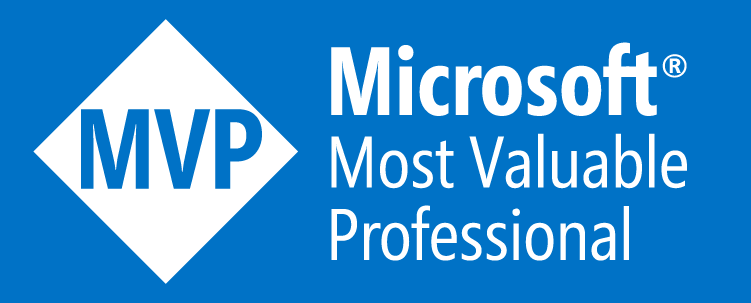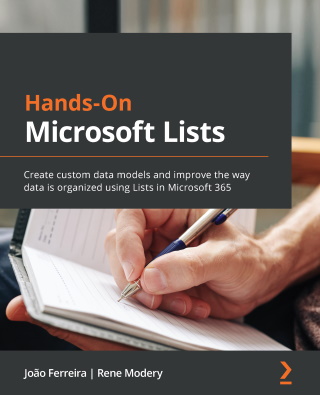Microsoft Purview compliance portal: Insider Risk Management – Email signature exclusion
Images in email signatures are by default treated as attachments, which could make it seem like a user is sending emails with attachments many times a day, creating many false alerts in Insider Risk Management. With this update, admins can choose to exclude images in signatures automatically to reduce noisy signals. Microsoft Purview Insider Risk Management correlates various signals to identify potential malicious or inadvertent insider risks, such as IP theft, data leakage, and security violations. Insider Risk Management enables customers to create policies to manage security and compliance. Built with privacy by design, users are pseudonymized by default, and role-based access controls and audit logs are in place to help ensure user-level privacy.



 HANDS ON tek
HANDS ON tek
 M365 Admin
M365 Admin







